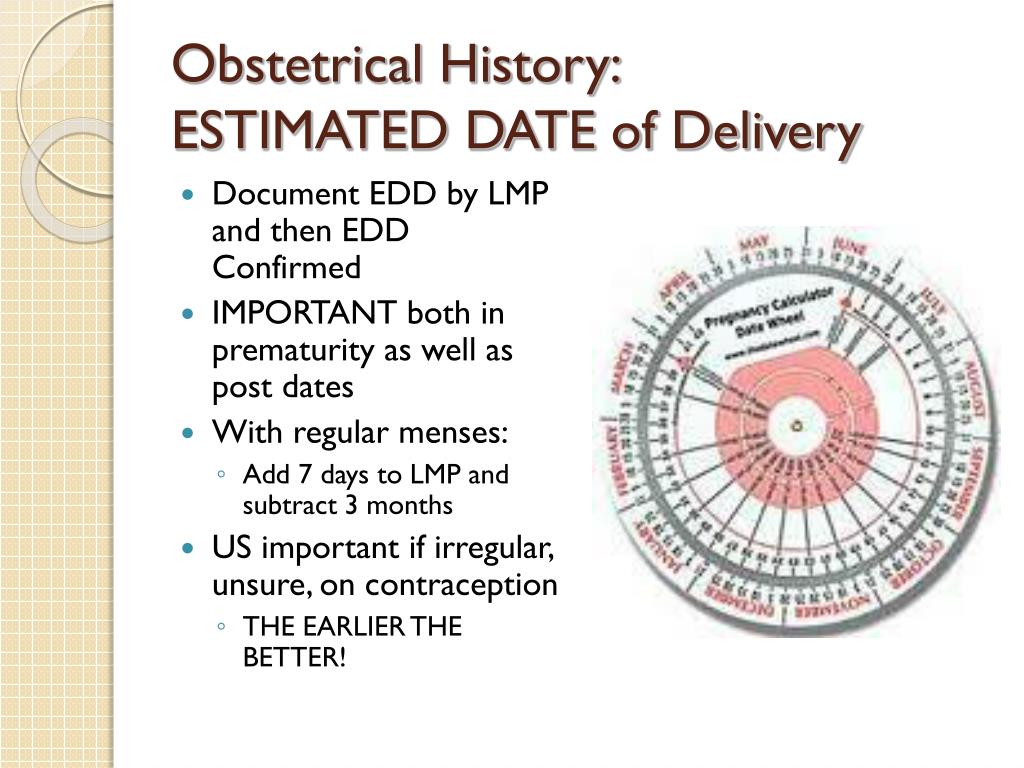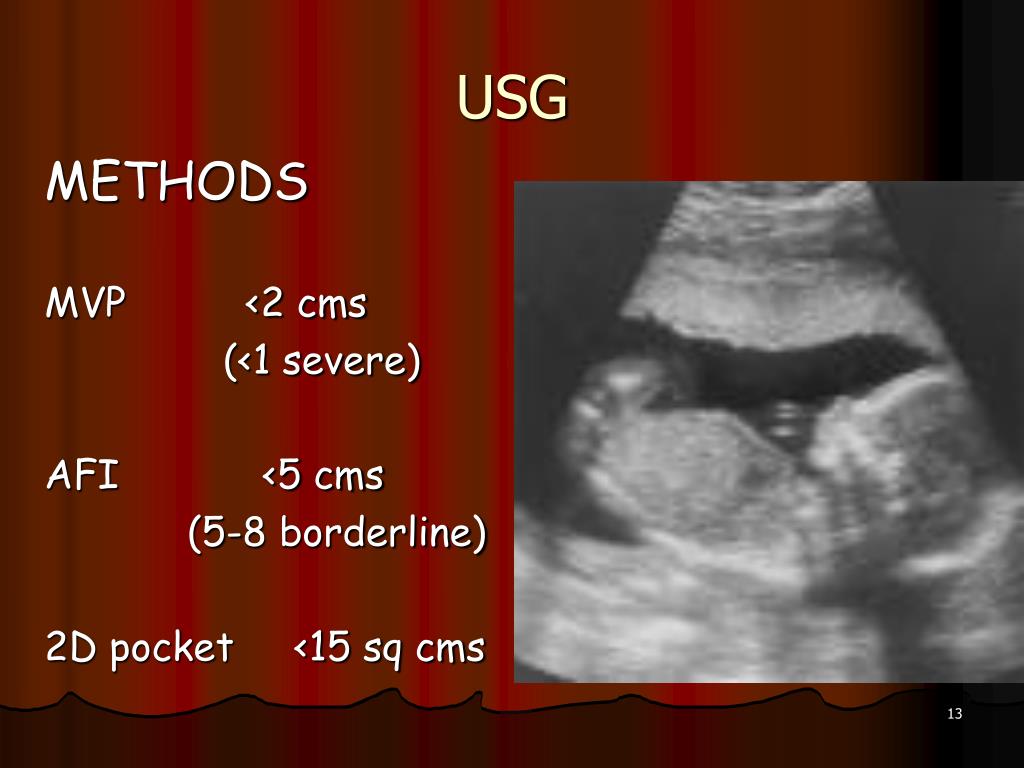

Your baby may need a blood transfusion in the womb. Healthcare providers call this hemolytic anemia. Your healthcare provider may also recommend an early delivery if your pregnancy has reached 32 or 33 weeks.Ī level of 0.91 OD to 1.0 OD means your baby is at risk for severe anemia from the breakdown of red blood cells. If so, the baby will likely need a blood transfusion in the womb. This means your baby likely does not have an abnormal red blood cell breakdown or may have only a very mild anemia.Ī level of 0.47 OD to 0.90 OD means your baby may have moderate red cell disease. The most common way bilirubin is measured in amniotic fluid is by finding its optical density (OD).Ī level of 0.28 OD to 0.46 OD at 28 to 31 weeks is considered low. To learn what the results mean for you, talk with your healthcare provider.īilirubin is a pigment, so it can change the color of amniotic fluid, making it amber or yellow. Even if your test results are different from the normal value, you may not have a problem. These include the method each lab uses to do the test. Many things may affect your lab test results. If the lab finds evidence that your baby has an abnormal breakdown of red blood cells, healthcare providers may repeat this test as often as every 14 days. A level of 0.28 OD to 0.46 OD at 28 to 31 weeks is considered low. The most common way bilirubin is measured in amniotic fluid is by finding its optical density (OD). Testing for bilirubin may be done after 25 weeks of pregnancy. Bilirubin is a pigment, so it can change the color of amniotic fluid, making it amber or yellow. You were exposed to red blood cell proteins you don't have through an earlier delivery, miscarriage, or blood transfusionīlood tests show that you have increasing levels of antibodies to Rh factor in your blood Your healthcare providers may suggest this test if: This way, healthcare providers can start treatment to help your baby. Testing the fluid for bilirubin levels will show whether the baby has lost too many red blood cells. When this happens, the bilirubin levels in the fluid surrounding the baby go up. This can lead to serious blood problems in your developing baby. Your antibodies can cause some of your baby's red blood cells to break down. If your baby is Rh-positive or has other red cell proteins that you don't have, your body may make antibodies against your baby's blood.

Your healthcare provider will test your blood to see whether you are Rh-negative. If your red blood cells don't have this protein, you are Rh-negative. This tells you whether you have a certain type of protein (antigen) called Rh factor on the surface of your red blood cells. If you have had a blood type test, you might also know if you are Rh-positive or Rh-negative. You may already know whether you have blood type A, B, O, or AB. If you find out that your and your baby's blood types are not compatible, you can get treatment that will protect your baby. This is why experts recommend that you get tested on your first prenatal visit, or even earlier, to find out if you are Rh-negative. This only happens to mothers who are Rh-negative and carry babies who are Rh-positive. This is mostly the remnants of the amniotic fluid that was swallowed in the womb, mixed with mucous produced by the lining of the baby's stomach, in preparation for absorbing milk feeds.If your baby has red blood cell proteins that you don't have, your body may later mistake the baby for an intruder and attack it through your immune system. In the early days after the birth, many babies will vomit up mucous from their stomach. However, it's a leading cause of death during labor or shortly after birth. Though estimates vary, the AFE Foundation reports the condition occurs in only 1 out of every 40,000 deliveries in North America (and 1 in every 53,800 deliveries in Europe). Likewise, how common is an amniotic fluid embolism?Īmniotic fluid embolism. A likely cause is a breakdown in the placental barrier, such as from trauma.įurthermore, what causes death from amniotic fluid embolism? Survivability from an amniotic fluid embolism It noted that maternal death due to AFE is typically caused by sudden cardiac arrest, hemorrhage from coagulopathy (DIC), or the development of acute respiratory distress syndrome and/or multi-system organ failure. Likewise, people ask, how do you get an amniotic fluid embolism?Īmniotic fluid embolism occurs when amniotic fluid or fetal material enters the mother's bloodstream.

Incision of the placenta during caesarean delivery should also be avoided if possible. To prevent amniotic fluid embolism, trauma to the uterus must be avoided during maneuvers such as insertion of a pressure catheter or rupture of membranes.


 0 kommentar(er)
0 kommentar(er)
